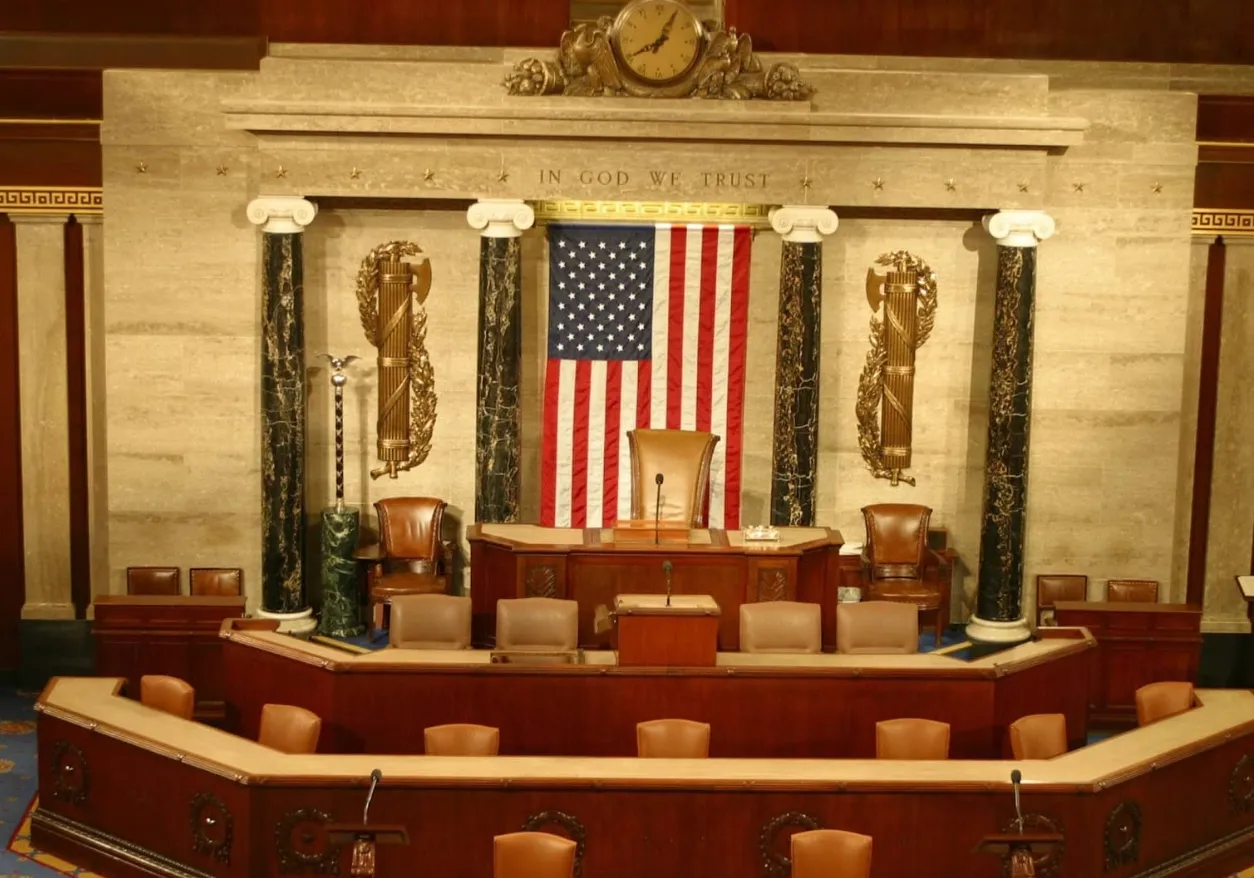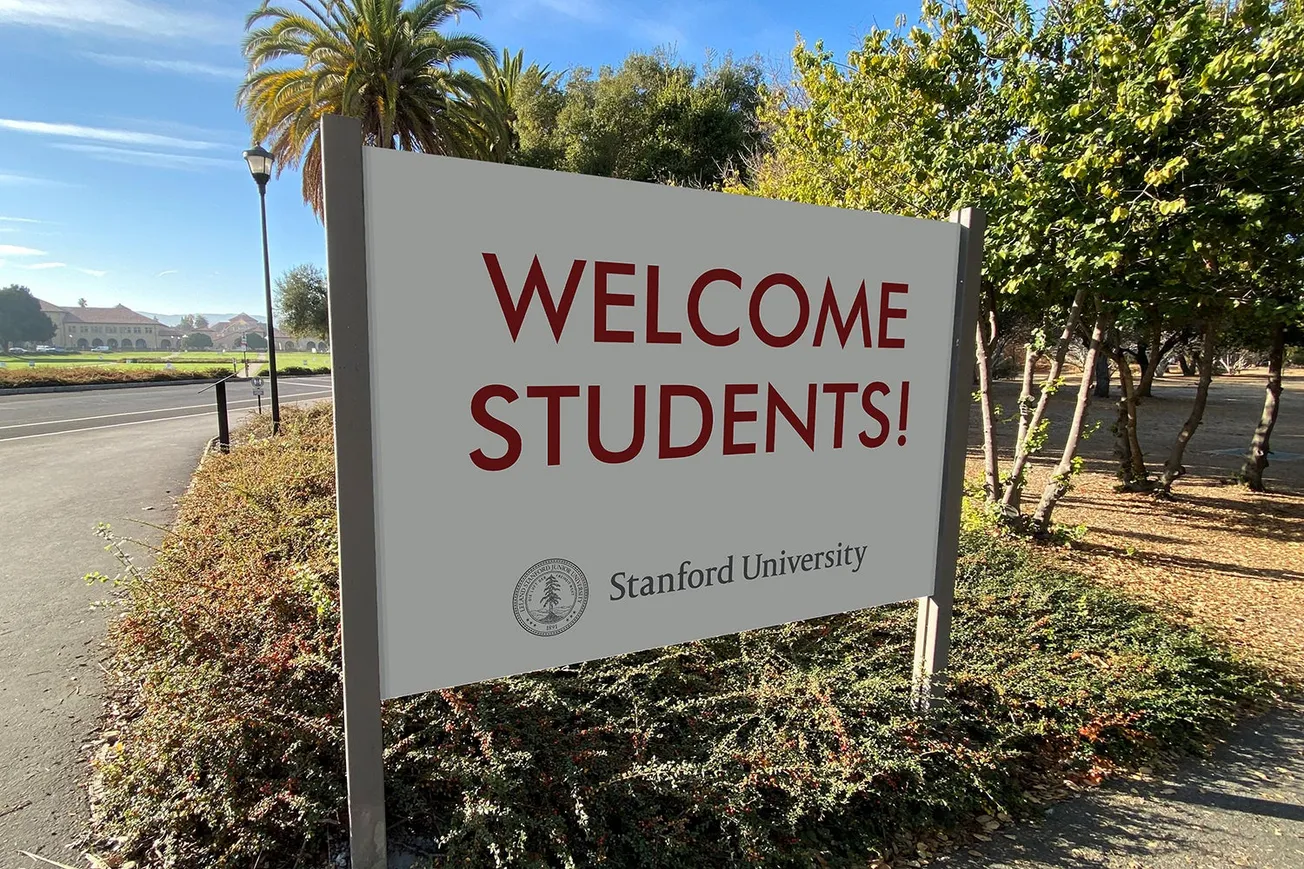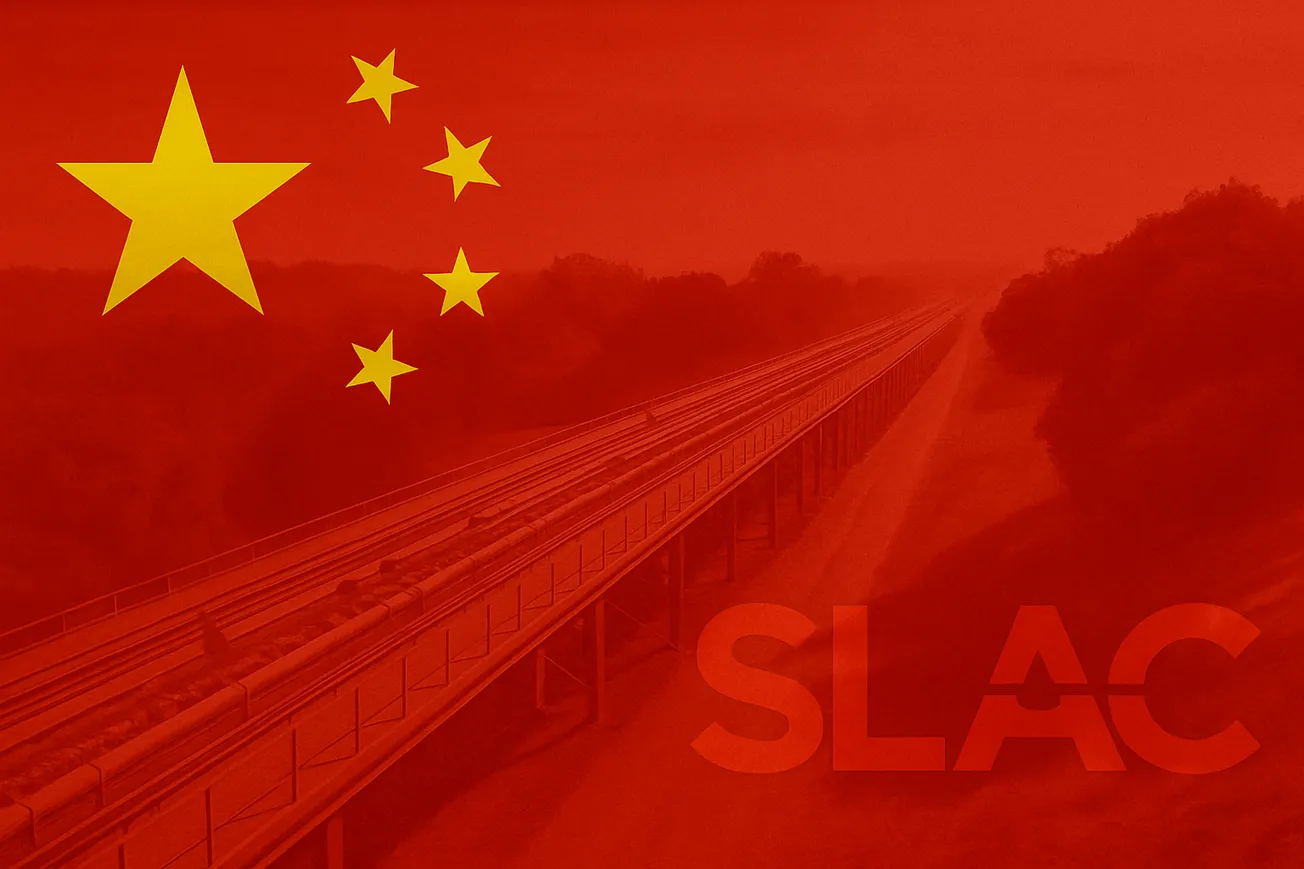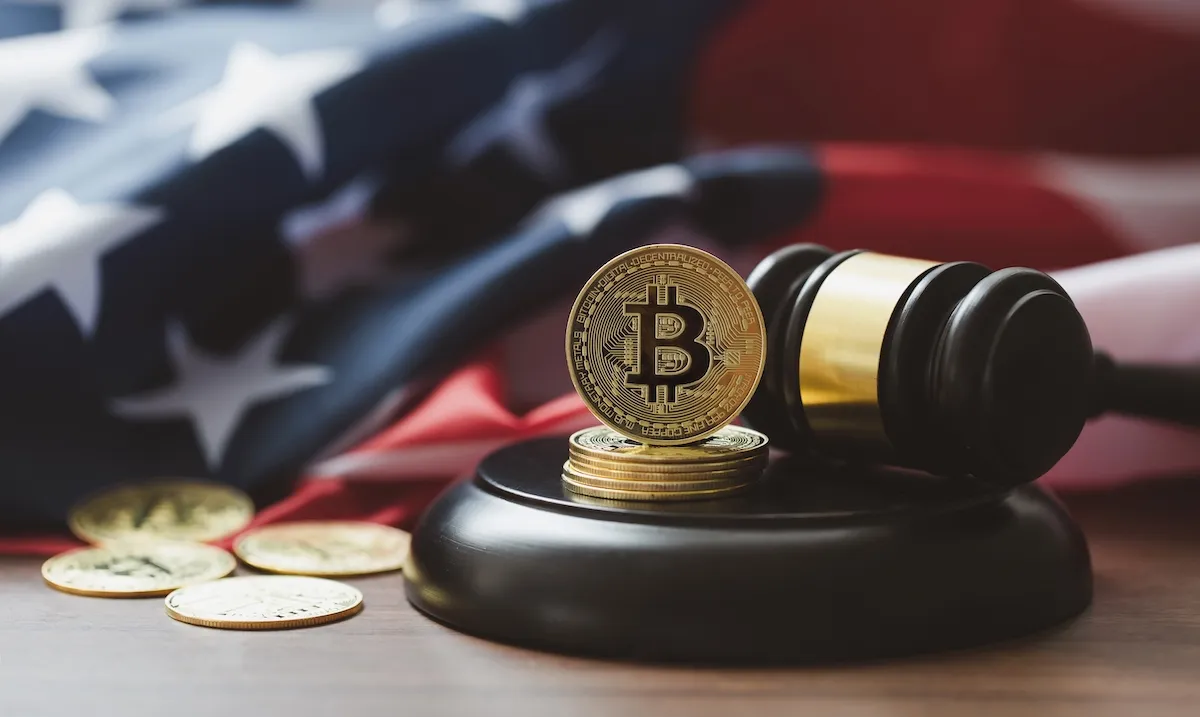Table of Contents
“He’s a fascist!”
That was what a seventy-year-old woman barked at me at the Stanford Shopping Center’s Tesla dealership. Her signage, as well as the inflatable representations of Elon Musk and President Donald Trump, made it clear she was part of the “No Kings” movement dominating liberal politics for the past year.
The claim that Mr. Musk and Mr. Trump are fascists has become a tired rallying cry in the Democratic Party, but the label hasn’t really stuck in the minds of most Americans.
But while watching cable news that evening, I saw something unusual on the Oval Office’s walls while President Trump signed his umpteenth executive order.
This was the smoking gun liberals were looking for.
Clear as day. A fascist fasces in the White House.
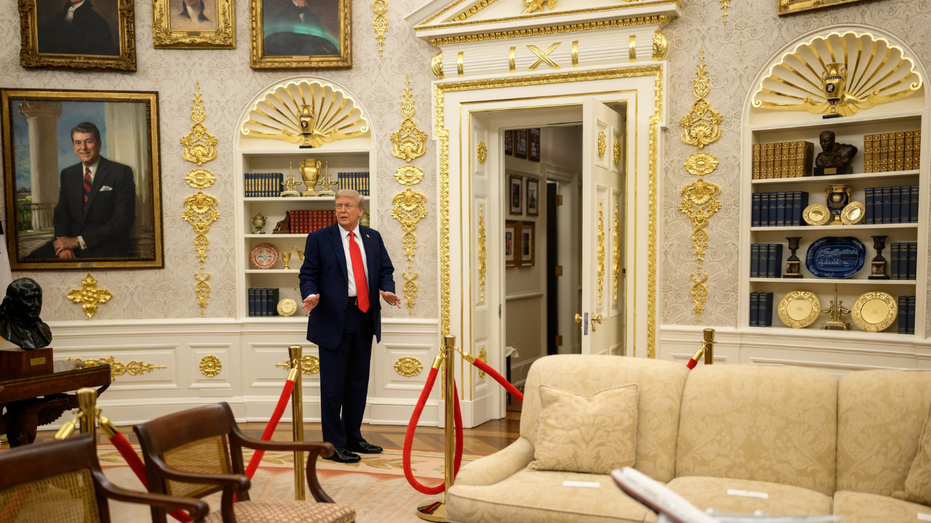
No, not a fascist. But a fasces.
A fasces, a bundle of rods tied together with leather and appended with a metal axe at the end, originates from the Roman Republic. It was a representation of how different political factions and ideologies could be tied together into one entity––thereby showcasing the unity of that republic––and the power and authority it has to punish its enemies, represented by the metal axe at its end.
It’s a symbol of authority, and thus it makes sense that imperially inclined President Trump has this display in his Oval Office. But the connection between the fasces symbol and the Presidency did not begin with Donald Trump. Rather, it originates from the nation’s founding, as early as Gilbert Stuart’s Lansdowne portrait of George Washington (1796).
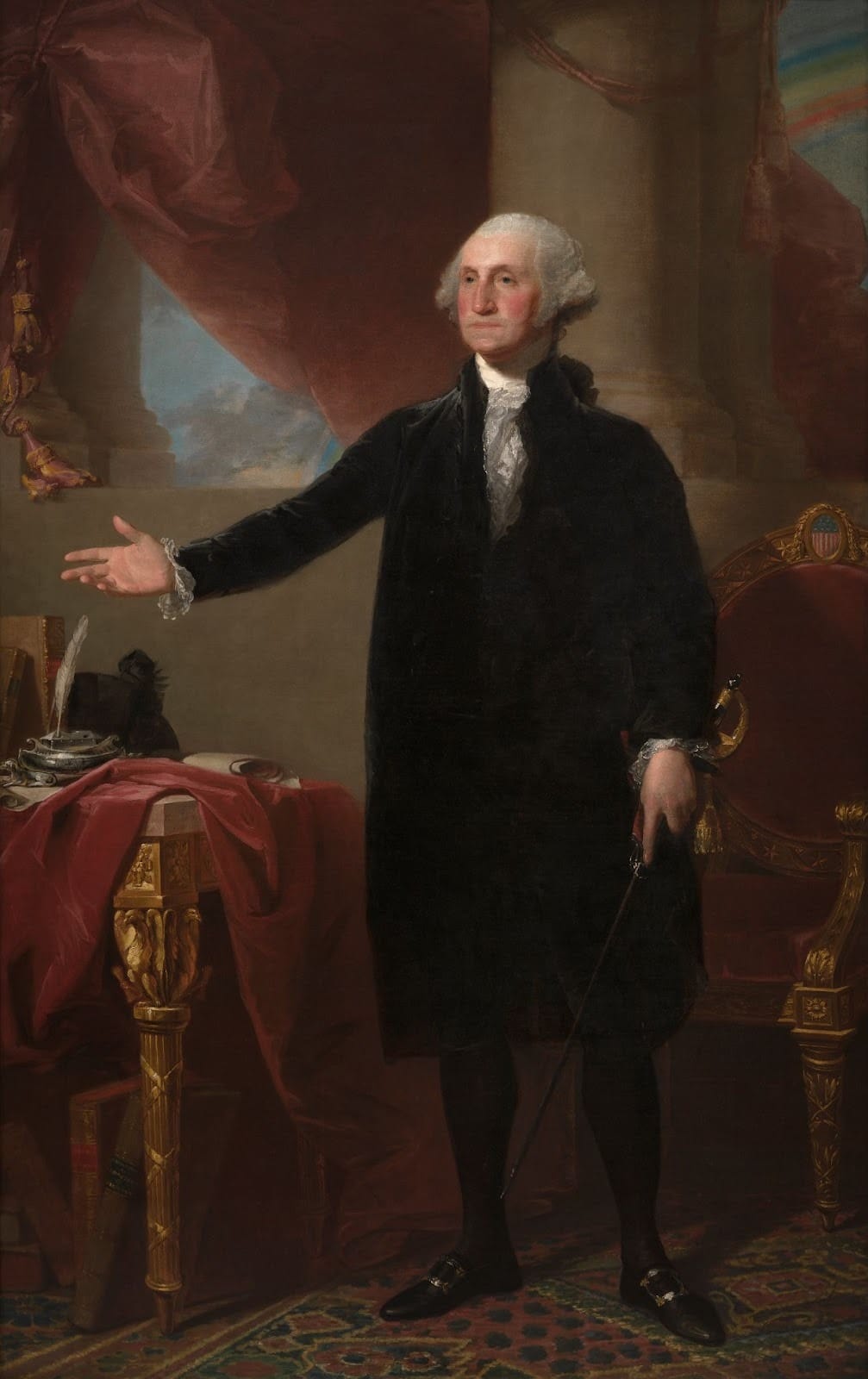
In it, we see President Washington posed like a Roman orator–specifically Cicero–with his arm stretched out. His civilian, somber clothes make him like the famed Roman farmer Cincinnatus, and the doric columns behind reflect his farming background.
What matters most, however, is that one of the legs of the table stands out at us. It is made from a fasces, and a gold one at that! This use of a fasces long predates its usage by Benito Mussolini and his Italian fascist regime in World War II; rather, the symbol has been ingrained into the American Presidency’s authority from its conception.
Jumping forward a century and change, when President Franklin Delano Roosevelt relocated the Oval Office to the southeast corner of the West Wing in 1934, he decided to adorn the doorway with a fasces on the top. And for anyone in the media trying to call the Trump Administration a complete historical aberration, no President after FDR had the desire to obscure or remove this symbol of authority, either.
I point this out to highlight the absurdity of the claim from “experts” in the mainstream media who say that Trump’s ostensibly fascistic overtures are unprecedented in American history. Aside from demonstrating liberal media bias, it demonstrates a lack of historical context, especially if one looks back at President Roosevelt’s tenure and the massive growth of federal power, corporatist economic policies, and government-business partnerships under the National Recovery Administration that resemble aspects of Mussolini’s fascist state. Similarly, President Woodrow Wilson tried to assert as much executive authority as he possibly could, even uttering that “the President is at liberty, both in law and conscience, to be as big a man as he can.”
As the saying goes, “the more things change, the more they stay the same.” From #1 to #47, there have always been references in both political rhetoric and visual symbols (the fasces) to an unbounded amount of executive authority and the time-old practice of a leader using force to advance their agenda and punish adversaries.
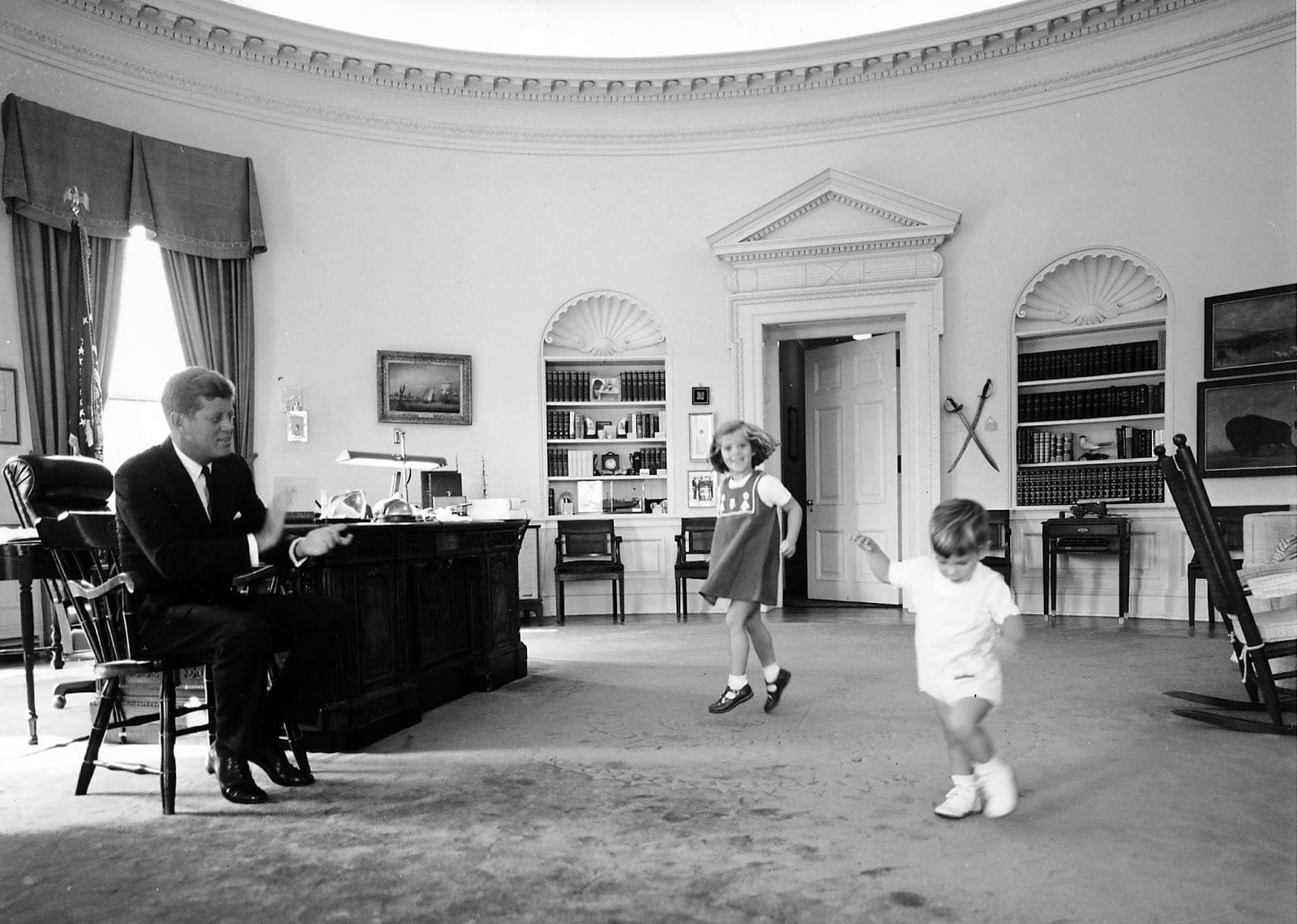
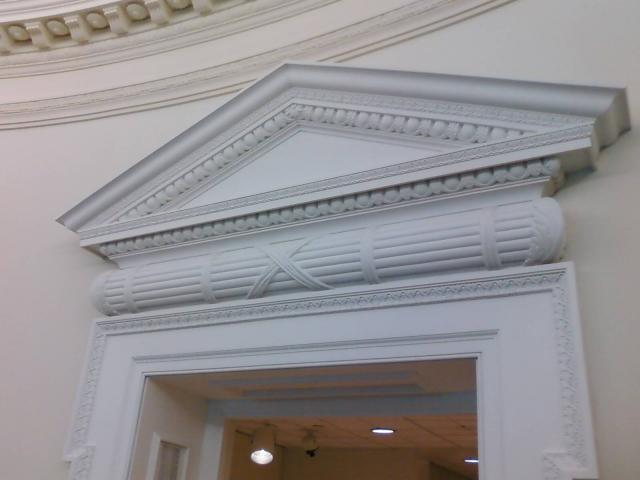
Returning to the present day, I wanted to examine Mr. Trump’s intentions with his Oval Office design.
Our artistic sensibilities can reveal how we think about ourselves and how we project that image to the world around us.
It might be one of the most potent and powerful ways we do so.
So when President Trump redecorated Biden’s Oval Office for his second term, I was struck by his choosing to gild so much of the decor, especially the decision to cover parts of the fasces with this gold coating. It certainly has precedent in the architecture of various Trump Towers, but the highest office in the land had never been gilded in this way before.
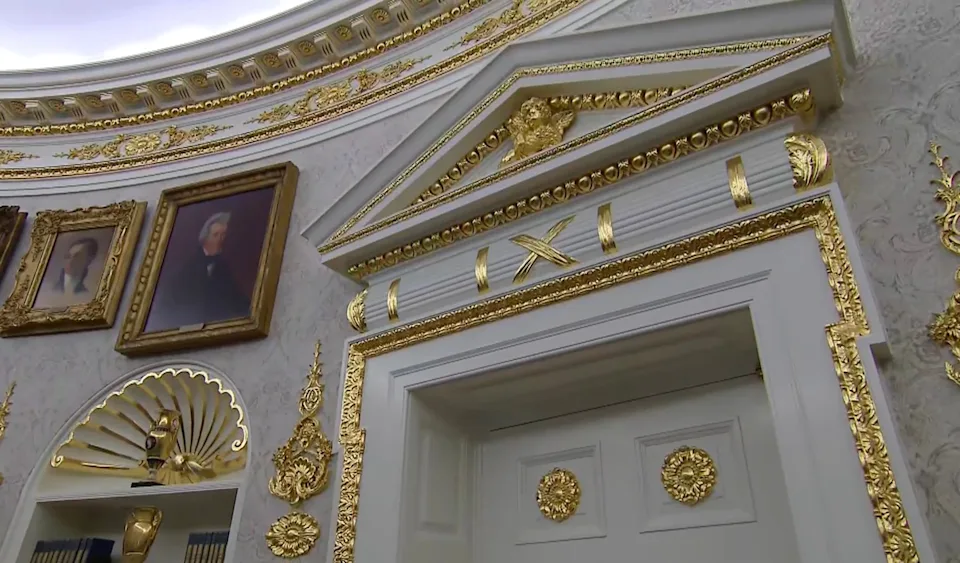
Mr. Trump is a master TV producer and possesses a keen eye for the visual. So, upon closer analysis of the decor in question, I realized that it was no accident why Trump directed his team to gild the leather braids that serve as the bonds of the fasces.
This brings our attention to the connective tissue that ties the disparate ideologies of MAGA all together under one roof–the roof of the Oval Office. Donald Trump is that connective tissue.
Personified through his signature “Trump Gold”, President Trump is the unifying force between the GOP Hawks, the isolationists, the “forgotten men” of middle America, Wall Street, and Main Street.
These gilded fasces bind together the factions of MAGA, thereby projecting unity through power and authority through force. In this way, Mr. Trump links himself to the Washingtonian and Roman symbolism of the fasces while announcing his own golden age. The central question, as it was with Mark Twain’s encapsulation of the “Gilded Age” of the 1870s, is whether this sheen of Trump 2.0 is just a façade or the truly gold standard of government. Either way, the design declares Trump’s philosophical posture going into his second, and last, bite at the apple to cement his legacy.

